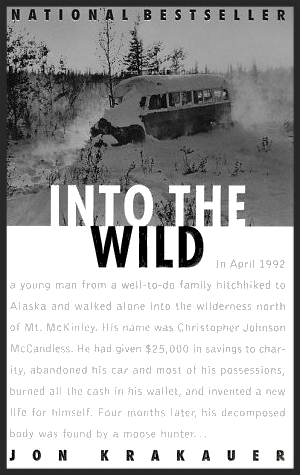A few weeks ago, I was expressing to a friend of mine my growing frustration with the state of my living space. It is cluttered which makes it difficult to keep clean and as a result, I often have the feeling I am living in squalor. Now, truthfully, this is far from fact, but when one is accustomed to a particular lifestyle and then allows oneself to stray from it, the change in mental state is profound. This friend of mine mentioned that her mother had just gifted to her a book by a Japanese author who specialized in decluttering and organizing. She read the book, followed many of the suggestions within, and ended up with a much tidier, pleasant living space. She warned me, however, that the author is crazy.
I had to see for myself so I borrowed her copy of The Life-Changing Magic of Tidying Up and gave it a read. Based on the statements the author makes about her obsession with tidying beginning during childhood, I suspect this woman has some serious OCD issues but has somehow turned it into a lucrative career. Good for her! This is a prime example of someone taking the lemons of life and making lemonade. She could easily have boarded the crazy train and been doomed to a life of cyclical tidying, a counter-hoarder, but she learned from her childhood mistakes and has devised a method that she claims will, if followed to the letter and to completion, will result in a persistent positive change and habit. The method, which she names after herself in a totally not egotistical way, is extreme and requires trust –dare I say faith—in the process.
Would you feel weird talking to your inanimate belongings? I certainly would but this is exactly what the KonMari Method asks of its participants. Let us say you wish to reduce your closet clutter. Take every piece of clothing in the house and pile it all on the floor. Now pick up each item, hold it, consider it, and ask yourself if the item sparks joy. Sparks joy? It’s a shirt. If I only wore clothing that sparks joy, I would have no choice but to wander around nude, which my office colleagues would not at all appreciate. It sounds strange, holding everything I own and asking myself if I feel joy while holding it. If I am being completely honest though, then yeah, a few of my belongings do spark joy and those have a prominent position on desks and shelves. A photo of me with my old hound dog, may he rest in peace. My tiny stuffed sheep that my wife and I bought at the Stonehenge gift shop during our trip to England in 2007 and which has joined us on every international journey ever since. Nearly every book on my shelves and piled on the floor. These are a few of my favorite things. And if you find something that does not spark joy that you wish to discard? This is where the entire method becomes a little wackadoo for me. As you discard the item, the KonMari Method asks that you thank the item for its service and wish it a pleasant journey. I find this more than a little absurd and I wonder how many people actually perform this step. Still, I did manage to collect four bags of clothing for donation and this is really the important part. I may have been too haughty to wish my old coat a fond farewell, but I was able to part with it because I was able to recognize that I was keeping it for foolish sentimental reasons and not because it sparks joy.
The Life-Changing Magic of Tidying Up is short and many readers will probably be able to finish it in a couple of sittings. I read terribly slowly so the book spent two weeks on my nightstand. Read it with an open mind and I suspect you will find something useful in the book. Follow the author’s procedure perfectly and do not take shortcuts though or one is doomed to fail, or so she says. Who am I to contradict her? She is the tidying expert with a three-month waiting list of clients and millions of books sold. I am just a guy with three piles of unread books on the floor. At least I can remove The Life-Changing Magic of Tidying Up from those piles now. Thank you, book, for teaching me your ways and may your next reader learn much from you.




















